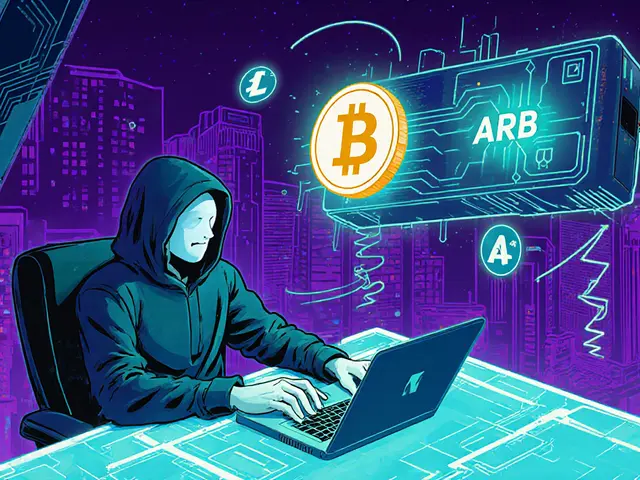Pakistan Crypto Regulation
When talking about Pakistan crypto regulation, the collection of laws, licensing rules and enforcement actions that govern cryptocurrency activities inside Pakistan. Also known as PK crypto law, it shapes how exchanges, DeFi projects and traders operate nationwide. Pakistan crypto regulation sits within a larger ecosystem: it encompasses anti‑money‑laundering (AML) requirements, it requires clear licensing frameworks, and it is influenced by global crypto regulation trends, which are pushing many countries toward stricter oversight.
How Global Trends and Regional Licensing Shape the Landscape
Recent global crypto regulation trends—like the U.S. dual‑regulatory approach and the EU’s MiCA framework—set the tempo for Pakistan. When a major market updates its rules, Pakistani lawmakers often adjust their drafts to stay competitive and avoid regulatory arbitrage. At the same time, neighboring hubs such as the UAE crypto licensing scheme provide a benchmark for licensing speed and clarity. Companies looking to launch in Pakistan watch the UAE’s free‑zone licenses, then ask: “Do we need a local license, or can we operate under a foreign framework?”
Technology also plays a role. blockchain AML technology is becoming a mandatory tool for compliance teams. Real‑time transaction monitoring, AI‑driven risk scoring and decentralized identity solutions let Pakistani exchanges meet both local and international AML standards without building everything from scratch. The mix of legal mandates and tech tools creates a feedback loop: stricter rules push better tech adoption, which in turn makes regulators more comfortable expanding the legal scope.
For anyone navigating Pakistan’s crypto space, the key questions are: What licenses do I need? How do I prove AML compliance? Which global developments might trigger a rule change here? The articles below break down these points with practical steps, case studies from nearby markets, and a look at how emerging tech can keep you on the right side of the law. Dive in to see how the regulatory puzzle fits together and what actions you can take right now.




